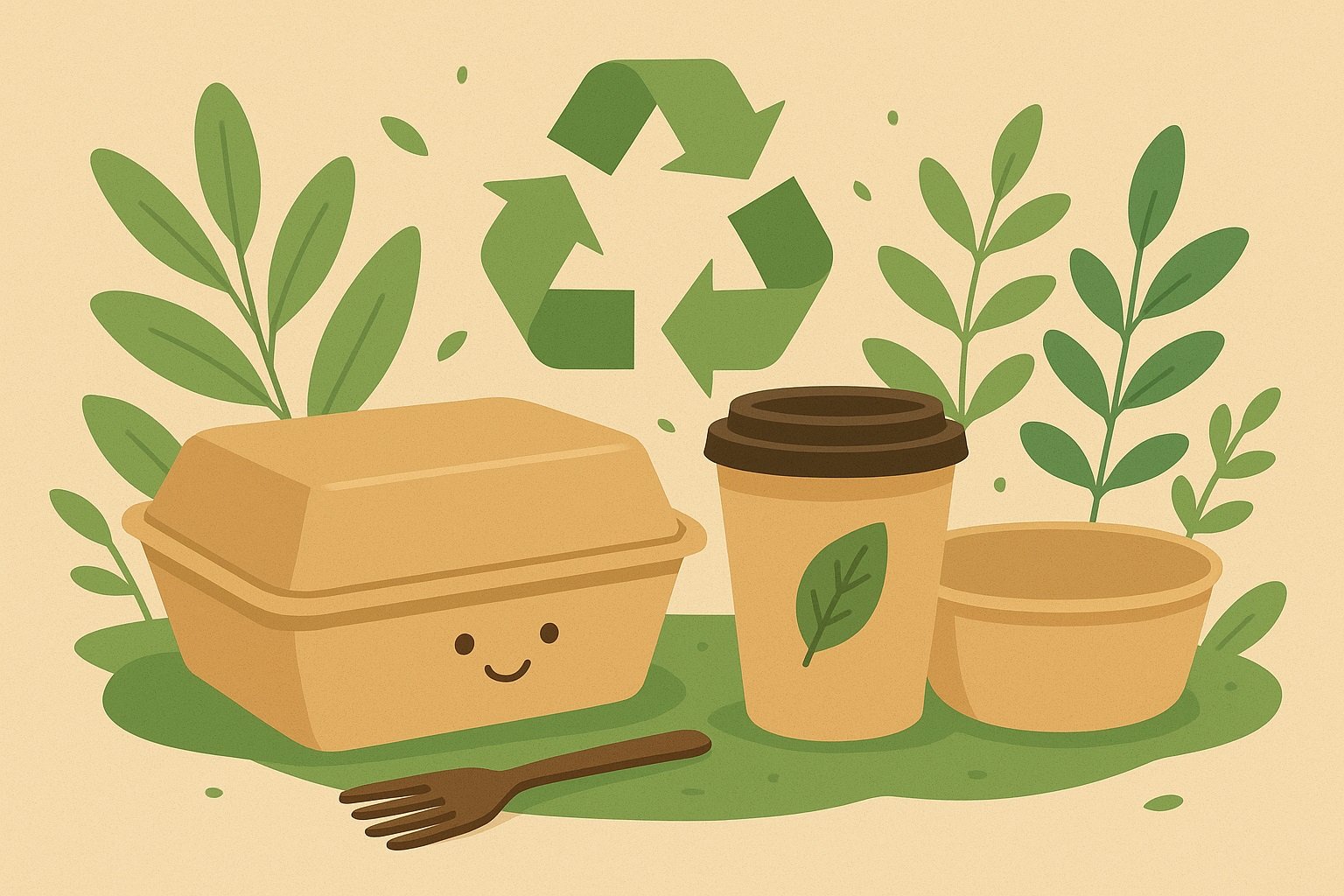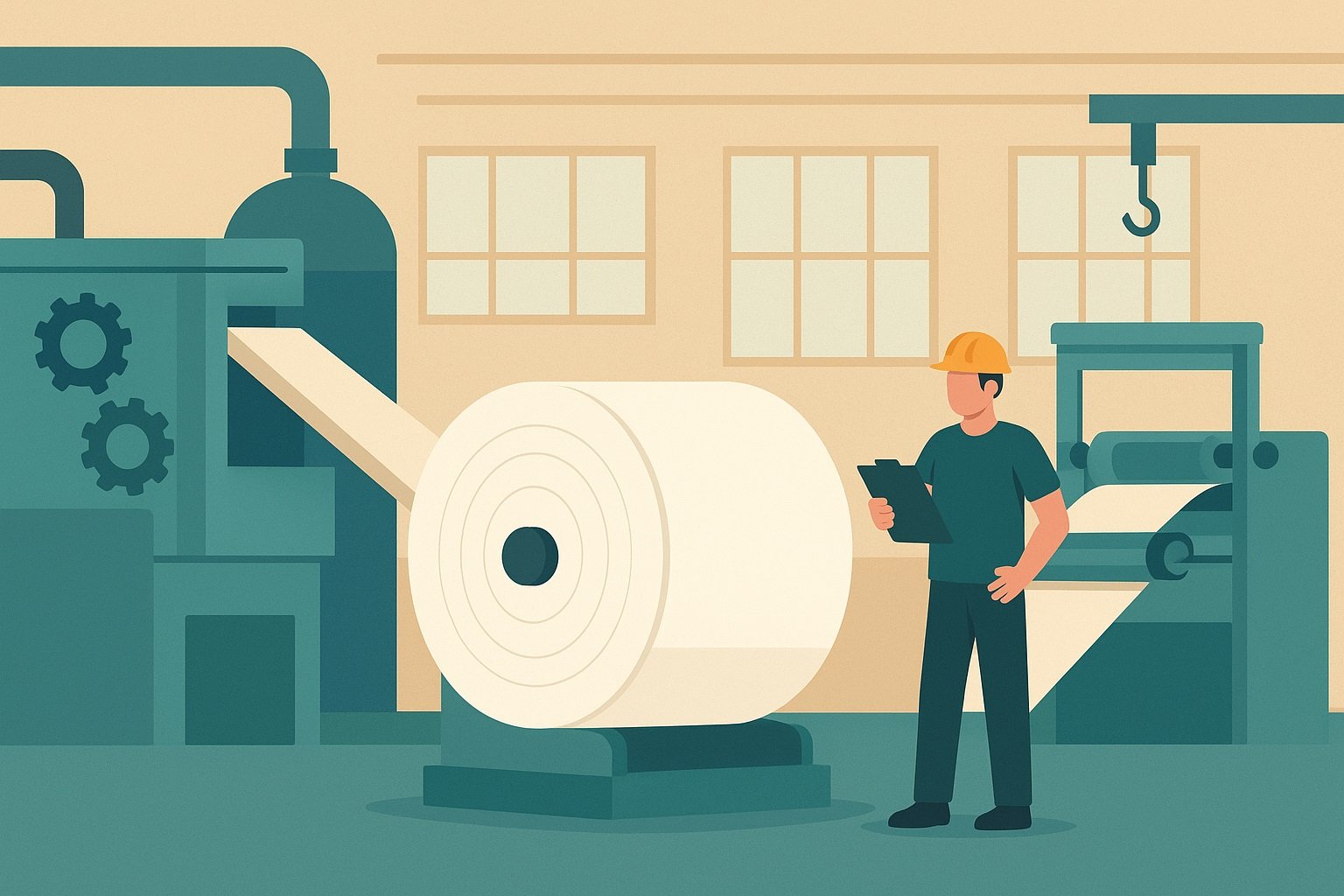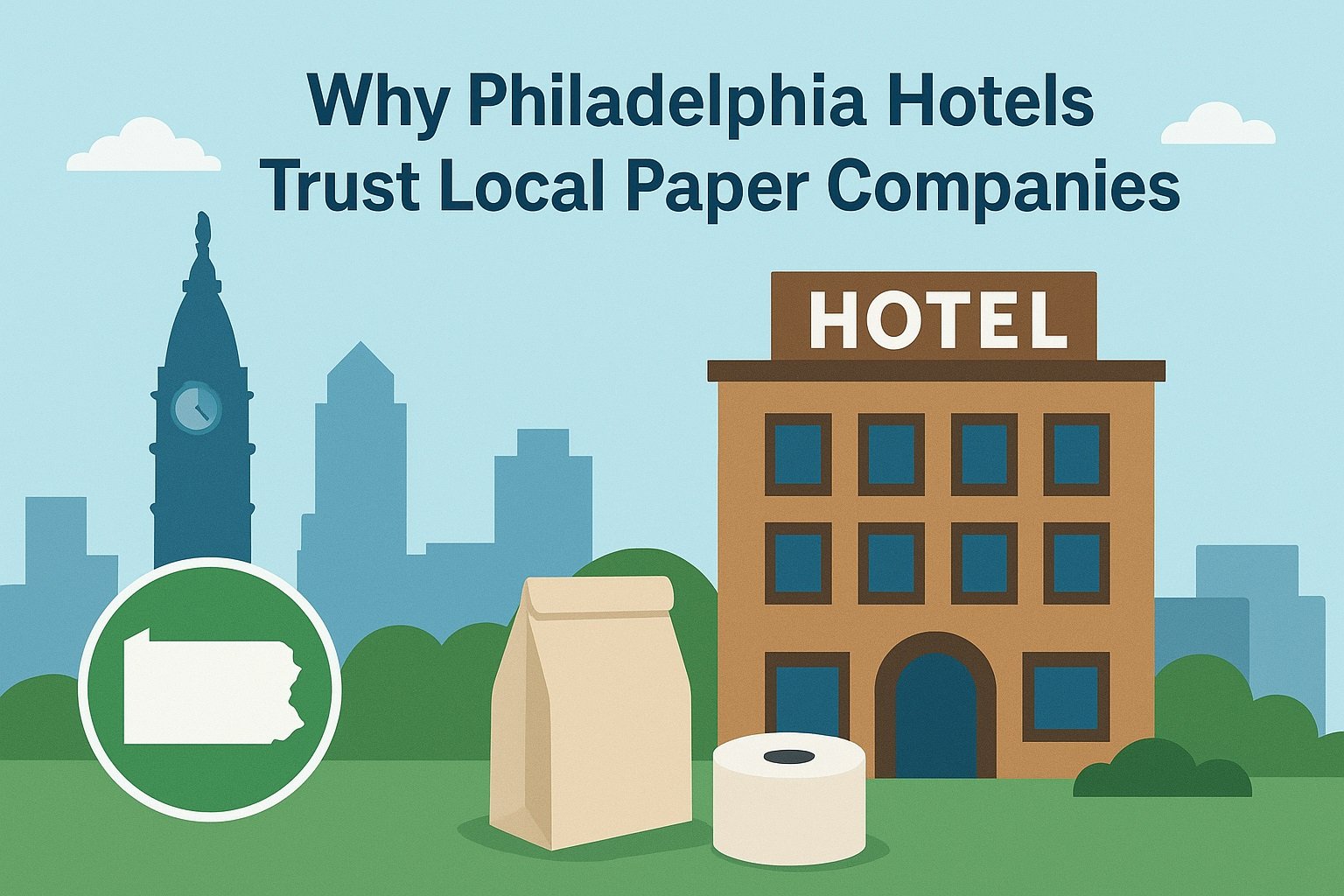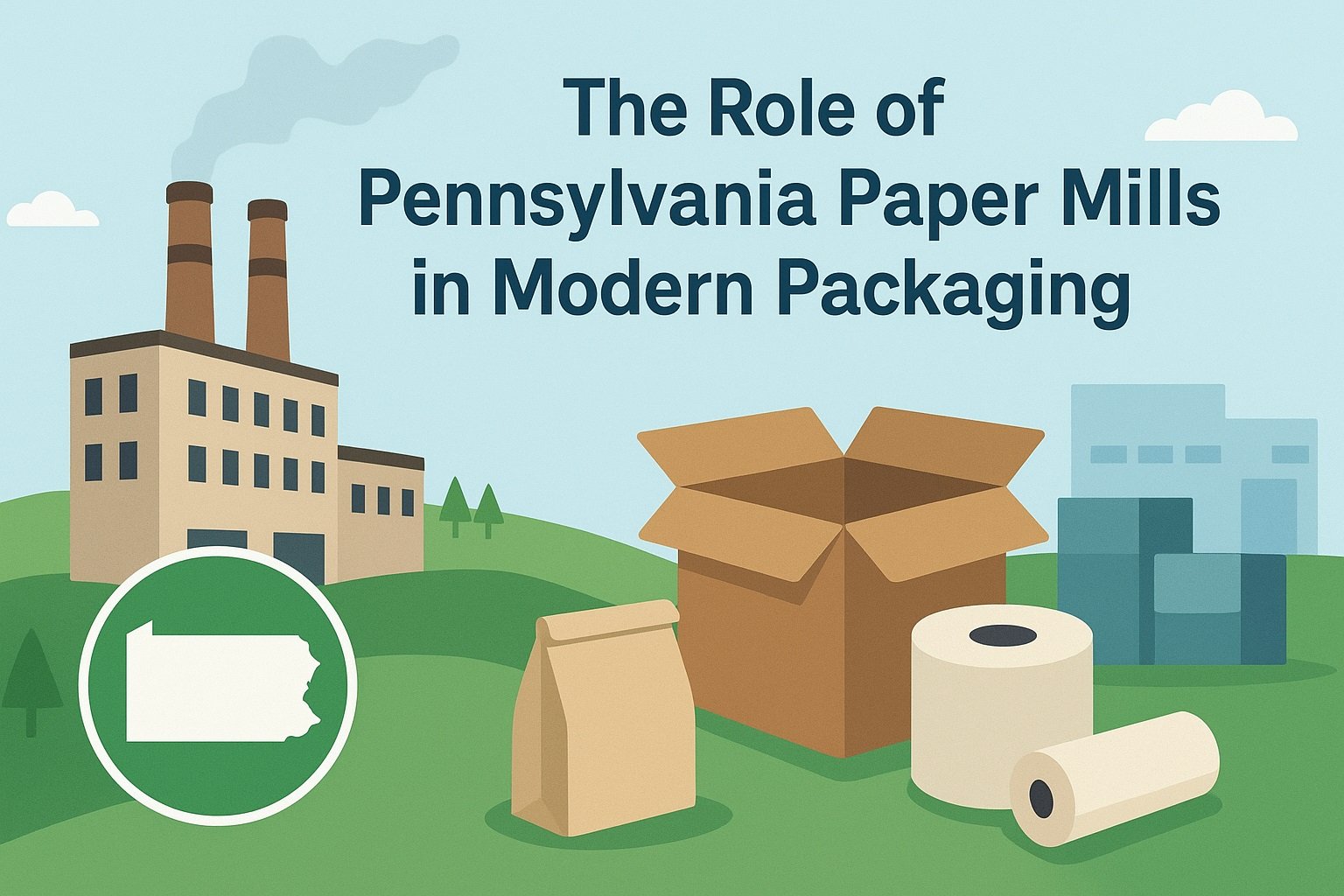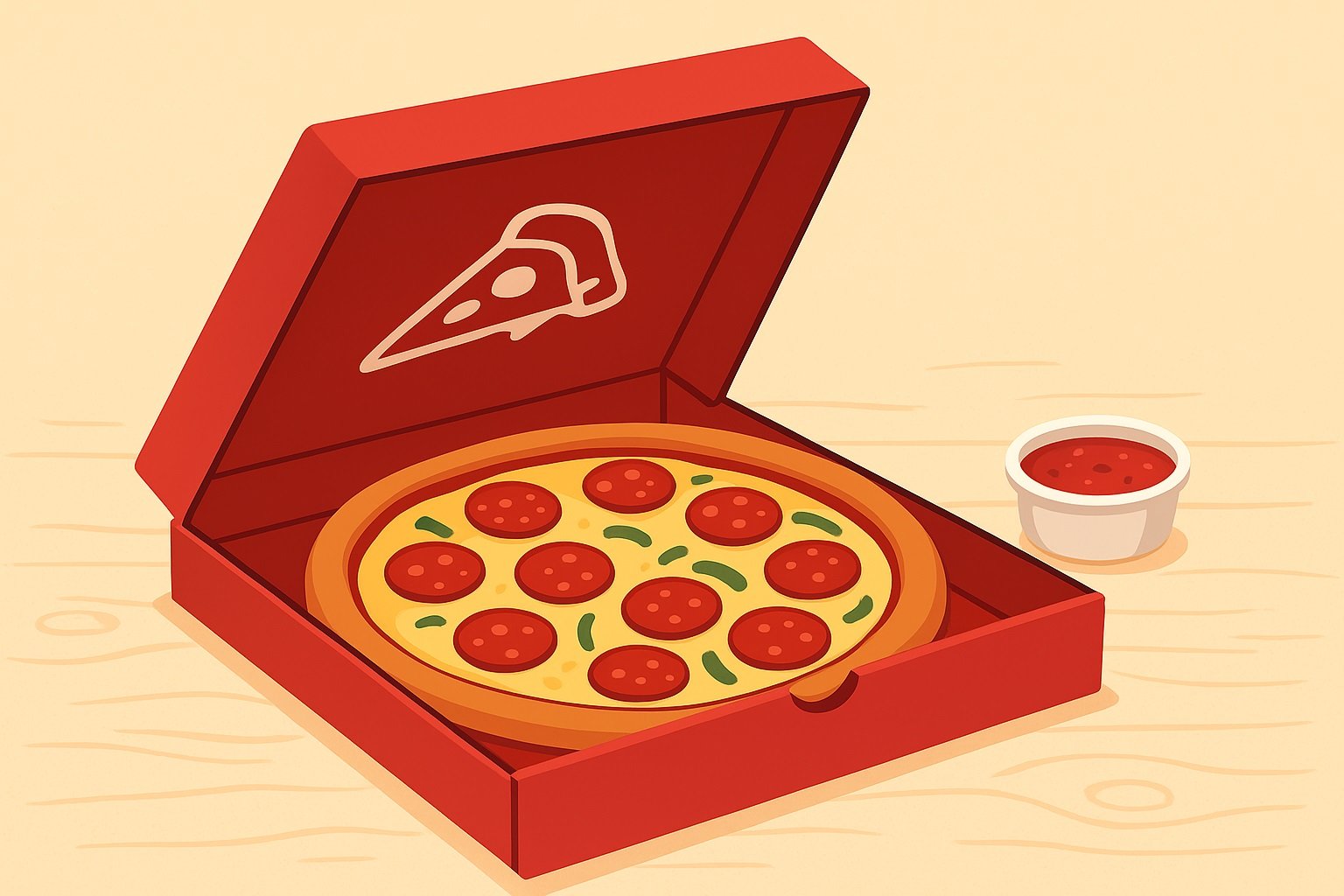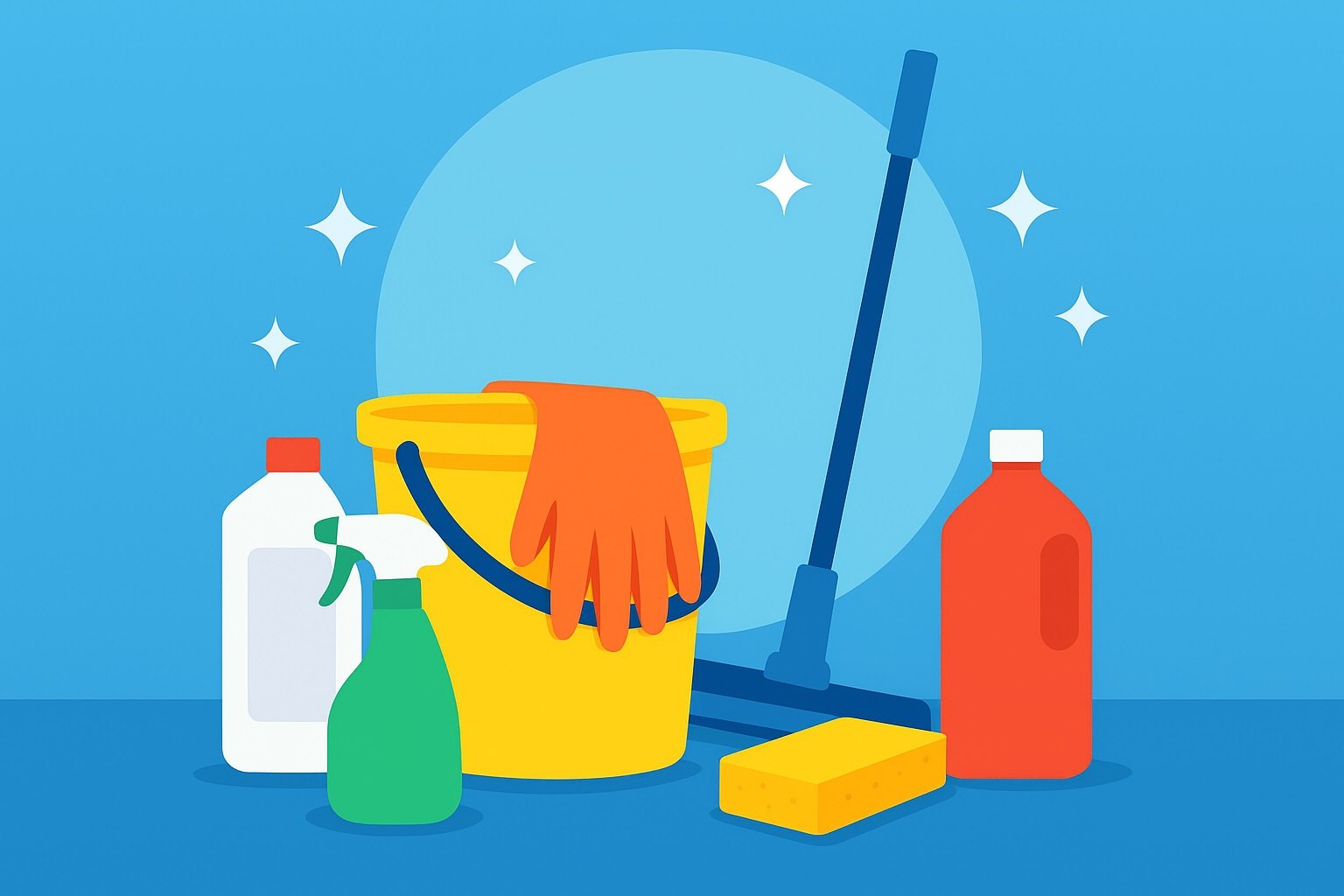That old cereal box and some old junk mails are an irritant, and you are thinking of throwing them away in the recycling bin. The little act of service, you must feel good about doing your part to save the planet. But what happens to junk mail and cereal boxes after a recycling truck hauls them away?
It ends up in a paper mill!
You surely did not think about this. What if I tell you that they will transform junk mail and cereal boxes into premium paper? Most packaging company reuse these products.
The process is far more amazing than the result. It feels like a treasure of processes.
Journey From the Bin to the Facility
Sorting at MRF
Your recycling journey begins at the curbside. The blue bin you put out every week is just the starting point of the complex system of ending up at paper mill.
The recycling truck that picks up your paper goods takes them to a Materials Recovery Facility (MRF, or “murf” if you want to sound in-the-know). At the MRF, the focus is sorting—separating paper from plastics, metals, and glass.
The task is done in collaboration between humans and machines.
The Process
Separating your soda cans from your cardboard boxes and printer paper is done via optical sorters, magnets, and human hands.
In the case of paper products, they are separated into different types: cardboard, newsprint, and office paper, since they each have different recycling paths.
The stage is essential to make sure that the process is streamlined and the materials are not contaminated.
Paper Mill Process of Transforming Trash
Breaking It Down
The first step is to sort out the paper and then compress it into massive cubes. These cubes are now ready to be transported to a paper mill. This is where the process begins.
The bales undergo shredding, and the paper is fed into a massive container called a pulper. It works like a huge blender. It mixes the paper with water and turns it into a thick soup; we call it pulp.
Cleaning Up the Pulp
The pulp is produced in excess with small fibers. Sadly, there are some unwanted components in the pulp, such as staples, tapes, bits of labels, glue, and several more.
So, this goes through a separate process to help get rid of the contaminants. The coarse matter is separated with the help of screens, and the finer bits are separated out with the help of chemicals and water.
The water washes and purifies the pulp. After this step, the pulp is ready for its Cinderella moment.
Making Luxurious Paper for Packaging Company
Striking the Right Balance
Making luxurious paper products like high-end luxury packaging, fancy notebooks, and premium printer paper requires equally good quality pulp.
To strengthen and smooth the pulp, some mills blend recycled fibers and the pulp made from freshly cut trees.
Depending on the final product, the ratio of the blend differs, but the goal remains the same… to achieve the desired consistency and quality for the paper.
Creating the Desired Shape
Shaping the final product requires spreading the pulp mixture like rolling dough over moving screens. Wet, fragile “sheets” are formed as the blend and the screens dry the water from the mixture.
Then, the sheets get crispy after getting pressed, dried, and heated through massive rollers in packaging company or paper mill.
Premium paper goes through additional procedures, such as calendaring or applying coatings for a glossy finish, to make it extra luxurious.
Bigger Picture: Challenges and Impact
Recycling Imperfections
Recycling processes are not flawless, and every step has its challenges. Not every piece of paper is transformed into “premium paper.”
Some fibers become too short after multiple cycles and are only fit for lower-grade products such as tissue or paper towels.
Contamination from pizza boxes covered with grease or paper coated with plastic can ruin the entire batch.
Why It Matters
Despite the imperfections, recycling paper saves trees, reduces waste in landfills, and conserves energy. The EPA estimates that paper recycling saves approximately 17 trees and 7,000 gallons of water for every ton of paper processed.
These figures are not just feel-good stats. They illustrate how individual actions, such as sorting recyclables, contribute to larger systems.
Your Contribution to the Cycle
It’s mind-blowing to think that something you literally toss away without giving a second thought can undergo a transformation. The best part, anyone would pay good money on the product that came out of the recycling process.
Those worn-out cardboard boxes can come out of paper mill as creamy paper in high-end journals. It can even become sleek packaging for newly released gadgets from packaging company. However, it also translates to us bearing some responsibility.
For us to recycle effectively, there are some basic rules that we need to follow. The golden rules are such as rinsing out food residue, keeping non-recyclables away from the bin, and following the rules in one’s locality (yes, they differ).
So, the next time you are about to toss that junk mail or compress a cardboard box, imagine the journey it goes through from the bin to a bustling mill. The process of transformation is beautiful and useful. It’s not just trash; its raw materials turned into something premium, and it can be very satisfying.

